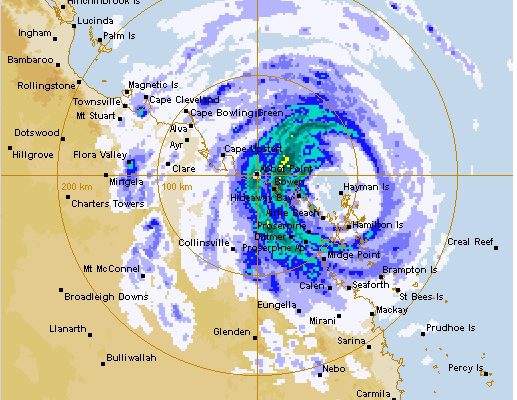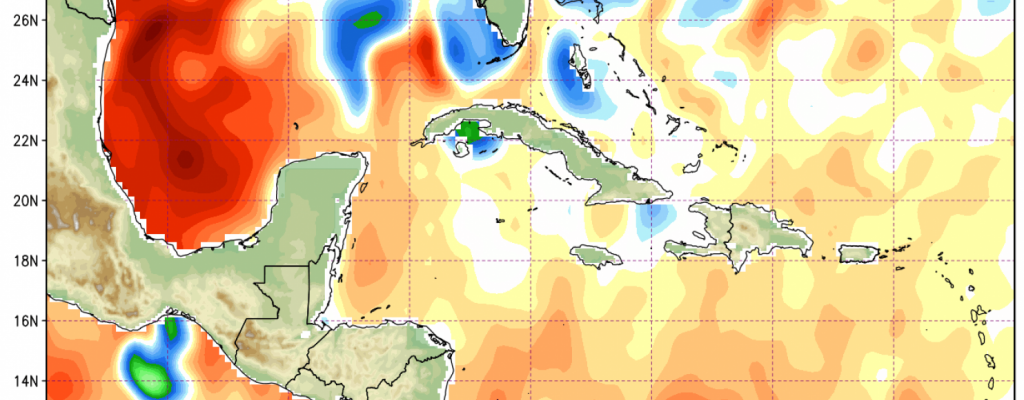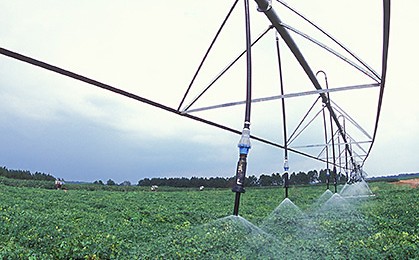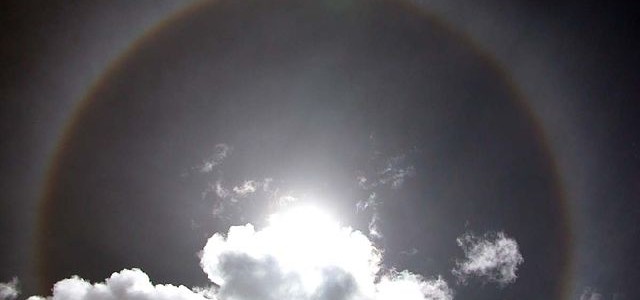Climate and Ag in the news
-

As I write this, Hurricane Debbie is hitting the northeast coast of Australia. While it’s not the strongest hurricane to hit the country, it is still packing a punch. Newser has a story with links to other feeds about the storm as it comes onshore. One of the biggest impacts is expected to be the…
-

Tom Moore, formerly of the Weather Channel and now an associate for iWeatherNet.com, has an interesting piece today on the history of weather broadcasting from its earliest inception on television to what it looks like for the future. You can read it at https://www.iweathernet.com/educational/history-broadcast-meteorology.
-

The WunderBlog noted last week that we are off to a very active severe weather season this year, the most active start since 2008. We have seen some of the impacts of the season in the Southeast, with two large severe weather outbreaks in January this year. The central part of the US is likely…
-

NOAA reported this morning (link) that the World Meteorological Organization has retired the storm names “Matthew” and “Otto” from their list of storm names. You probably remember the impacts of Matthew, which hit the East Coast and caused incredible damage to eastern North Carolina as well as brought rain to the coasts of Georgia and…
-

Recent rains in California have not only provided a superbloom of wildflowers but have provided desperately needed rain for the vineyards there. The Los Angeles Times reports: “It’s hard to imagine what might have happened to the region without this season’s rains. Record low rainfall levels, coupled with record average temperatures in an age of…
-

The Vegetable Growers News this week published a story describing the calculations needed to determine if it is worthwhile to put in an irrigation system to help protect against drought. The calculations needed include consideration of a number of factors, including the frequency of drought, the cost of the equipment, and how climate is likely to…
-

People frequently mix up weather and climate when they discuss the impacts of climate change. For example, you can still get a snowstorm (weather) as the winters get warmer (climate). The Christian Science Monitor has a good simple explanation of some of the differences in this article from early March. As you’ll see, the relationship…